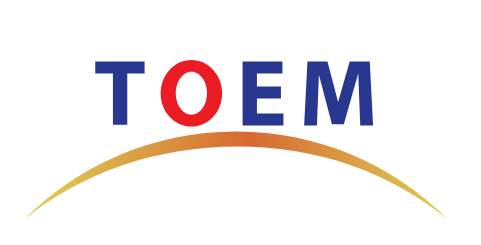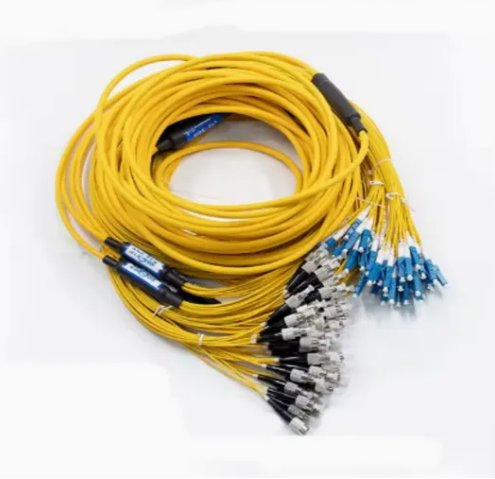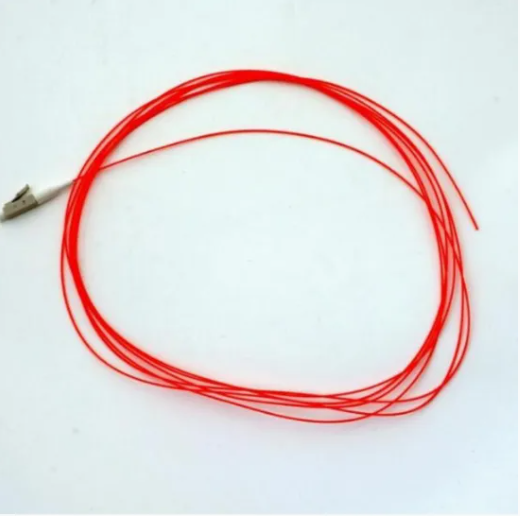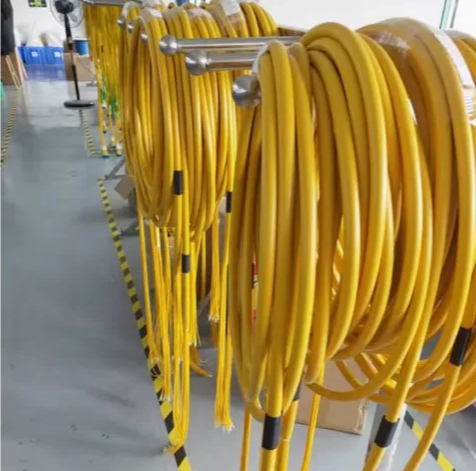Shanghai Gengyun Industrial Co., Ltd
LC UPC multimode jumper fiber tail: density, performance, transmission
In scenarios such as data centers, enterprise networks, and industrial communications, fiber optic jumpers and tail fibers are indispensable connection components in optical links, and their performance directly affects the stability of signal transmission and the flexibility of network deployment. LC UPC multimode jumper fiber tail has become the preferred solution for short-range optical communication scenarios due to its compact design, low loss characteristics, and wide compatibility. This article systematically analyzes its core advantages from five dimensions: structural design, optical performance, installation adaptability, scene application, and maintenance advantages.
Structural design: compatible with miniaturization and high density
LC UPC multimode jumper/tail fiber adopts innovative structural design, perfectly adapting to modern high-density wiring requirements:
-LC interface miniaturization: The LC (Lucent Connector) interface size is only 50% of the SC interface (1.25mm ceramic plug), significantly saving device port space and supporting dense deployment in high-density scenarios such as racks and patch panels.
-UPC end face precision polishing: The plug-in end face adopts Ultra Physical Contact technology, with precise control of the end face curvature radius and reflection loss ≤ -55dB, reducing signal return loss and ensuring efficient transmission of multimode optical signals.
-Multimode fiber adaptation: Supports OM3 (50/125 μ m) or OM4 (50/125 μ m) multimode fiber, matched with 850nm/VCSEL light source, with transmission range covering 100m (10Gbps) to 550m (40Gbps), meeting the requirements of short-range high-speed communication.
Optical performance: low loss and high bandwidth
- Ultra low insertion loss: Optimized fiber end face polishing and docking accuracy, typical insertion loss ≤ 0.3dB( OM3@850nm )Minimize optical power attenuation to ensure signal transmission efficiency.
- High bandwidth support: OM4 fiber optic bandwidth reaches 4700MHz · km (850nm), supporting high bandwidth protocols such as 40G/100G Ethernet and fiber channel (32G/64G), meeting the demanding requirements of data centers and cloud computing scenarios.
- Anti environmental interference: The non-metallic structure (optional flame-retardant sheath) avoids electromagnetic interference (EMI) and is suitable for stable operation in strong electromagnetic environments (such as industrial control and medical equipment).
Installation adaptability: plug and play and flexible expansion
-Pre termination design: The jumper and tail fiber undergo end face treatment and performance testing before leaving the factory, supporting plug and play, reducing on-site welding processes, and increasing deployment efficiency by over 60%.
-Modular compatibility: The LC interface is compatible with mainstream optical modules (SFP+/QSFP28, etc.), patch panels, and fiber adapters, and supports mixed networking with existing SC, MTP, and other interfaces to reduce upgrade and renovation costs.
-Anti bending sheath: Made of flexible PVC or LSZH (low smoke halogen-free) sheath, with a minimum bending radius as low as 15mm (static)/30mm (dynamic), suitable for wiring in narrow spaces inside cabinets.
Application scenario: Widely covering short-range communication needs
- Internal interconnection of data centers: high-speed interconnection between servers and switches, TOR (Top of Rack) architecture cabling, supporting high-density, low latency data center networks.
- Enterprise Local Area Network (LAN): The connection between the backbone optical cable between buildings and desktop terminals enables efficient transmission of gigabit/ten gigabit to the desktop.
- Security monitoring system: video feedback between high-definition cameras and NVRs (network video recorders) to meet the low latency requirements of 4K/8K video streams.
- Industrial automation network: anti-interference communication between PLC, sensors and control systems to ensure real-time control signal stability in industrial sites.
- Medical and educational scenarios: High reliability connection of medical imaging transmission and remote teaching systems to ensure zero interruption of critical business.
Maintenance advantages: reliable, durable, and convenient management
-Long life design: The ceramic plug has a wear resistance of ≥ 1000 times, and the adapter has a plug and unplug life of ≥ 500 times, reducing frequent maintenance costs.
-Color coded management: The sheath and interface adopt TIA/EIA standard color codes (OM3 is water blue, OM4 is purple) for quick identification and troubleshooting.
-Environmental certification: Compliant with international standards such as RoHS and UL flame retardant rating (such as UL94 V-0), meeting the requirements of green computer rooms and sustainable development.
Summary: The cost-effective choice for short-range optical communication
LC UPC multimode jumper fiber tail has become a benchmark product for short-range optical communication scenarios through its miniaturized structure, low loss transmission, and high-density adaptability. Its excellent performance parameters, flexible deployment characteristics, and wide compatibility with various scenarios not only meet the transmission needs of current 10G/40G/100G networks, but also reserve technical space for smooth upgrades of future 400G/800G networks. Whether it’s building a new data center, renovating an enterprise network, or deploying an industrial Internet of Things, choosing LC UPC multimode jumper fiber tail fiber means choosing an efficient, stable, and future oriented short-range optical connection solution.
For further guidance or to explore our range of high-quality fiber optic solutions. Visit TOEM and MIC TOEM, optical communications is our specialty.




